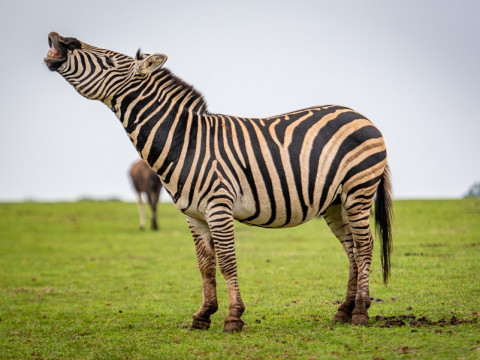MANDARIN DUCK
Aix galericulata
class aves
order anseriformes
family anatidae
DID YOU KNOW?
In Chinese and Japanese culture, this bird symbolizes luck and marital fidelity.
Males of this species can look completely different at different times of the year. This is because during the summer molting, the males shed their attractive feathers, and dress in it again in the fall, before searching for a mate.
DISTRIBUTION
HABITAT
Lakes, ponds and rivers surrounded by dense deciduous forest. Geographical distribution throughout China, Japan and eastern Siberia (Russia, Korea).
LIFE SPAN
In nature on average about 7.5 years and in the zoo up to 10 years.
ACTIVITY
They are most active in the early morning or in the evening, looking for food on the water surface and along the shore by dipping their heads into the water, while rarely diving.
REPRODUCTION
Pairs are formed at the beginning of winter and can stay in the same pairing for several seasons. The nest is made by both male and female in a hole in the tree, that can be up to 10 m above the ground. The female lays 9-12 eggs that she incubates on her own. Incubation lasts 28-30 days, and the male stays nearby during that time. After ducklings are hatched, the mother descends to the ground and calls the ducklings, and one by one they jump out of the nest from an enviable height and remain unharmed.
DIET
In nature, they feed on rice, herbs, seeds and smaller animals, while in zoos they feed on pellets and salad.
CONSERVATION STATUS
Figure 2. The Red List Assessment, BirdLife International. 2021.
Text: Dorotea Ćosić
Contribution: Francisca Lopes
 Parks of Croatia
Parks of Croatia
 EU projects
EU projects English
English



































